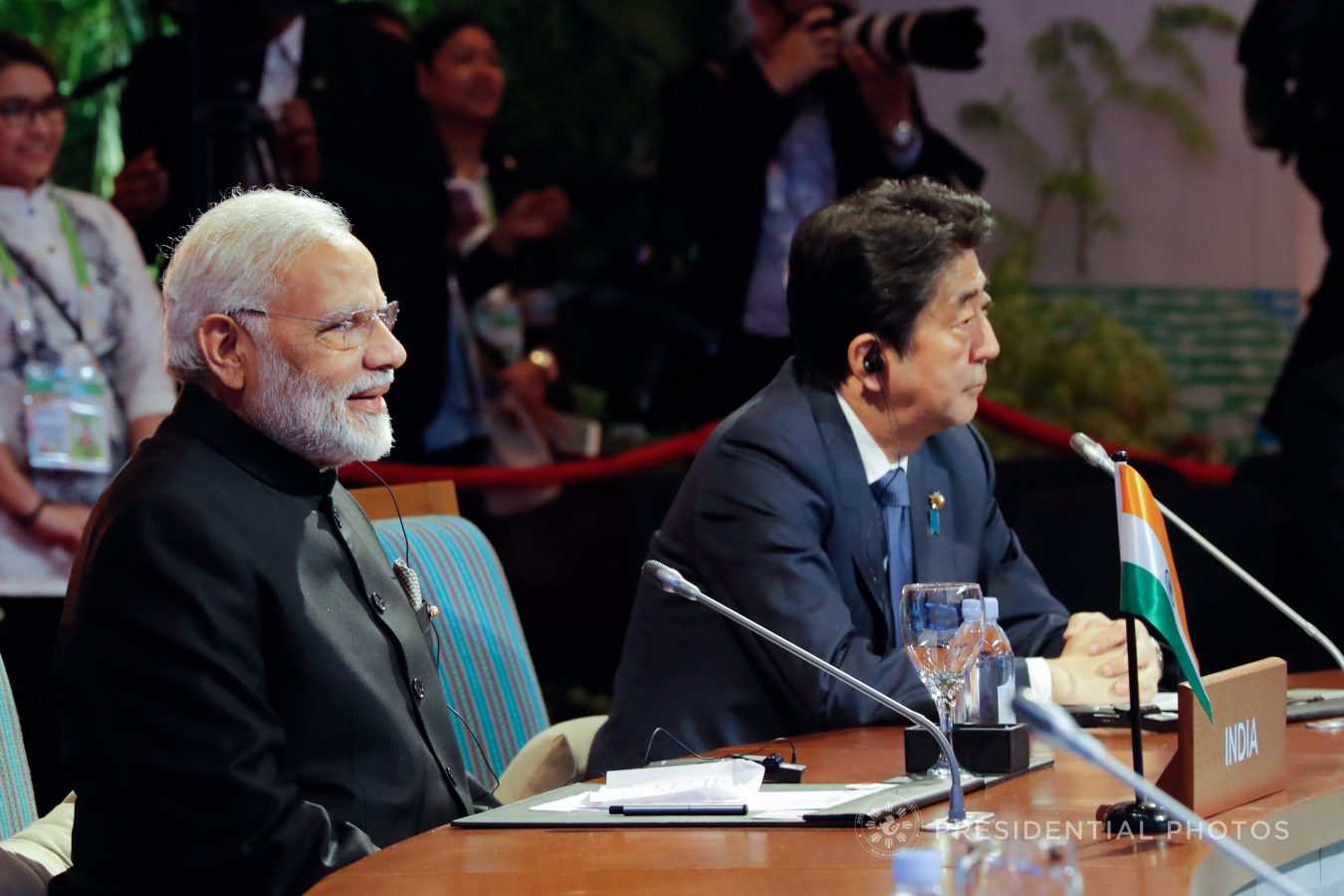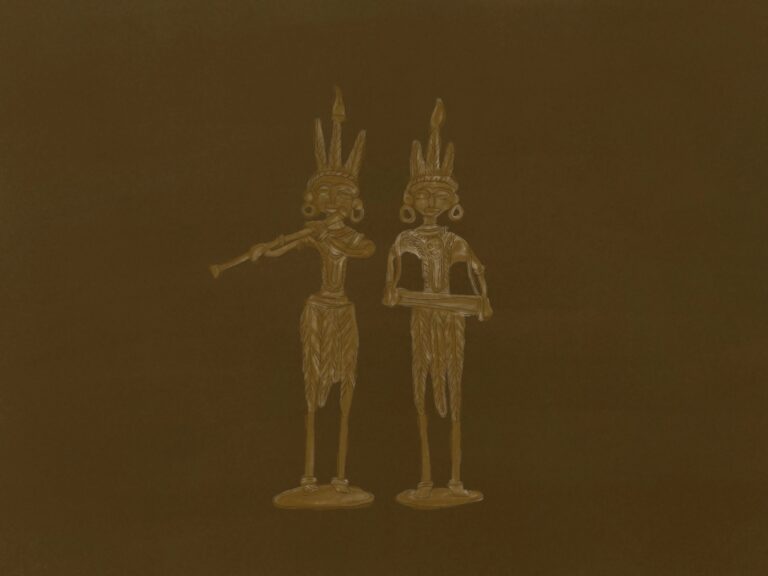What’s the RCEP and why India did not sign it
Much ink has been spilled over the last few days since prime minister Shri Narendra Modi announced India’s withdrawal from much anticipated Regional Comprehensive Economic Partnership (RCEP) negotiations. India said that the underlying spirit of RCEP doesn’t align with Mahatma Gandhi’s Talisman, which takes into account the well-being of the poorest of the poor. While India opted out, the remaining 15 countries that were part of RCEP negotiations went ahead with the deal, with options open for India to join in the future.
Meanwhile, different stakeholders like economists, politicians, corporates, media houses, diplomats, civil society organizations, etc. have taken their stand on the advantages and disadvantages of the bold move by the government. Amidst this, it becomes essential for us to understand questions like, why did India opt-out from the mega trade deal, what might be its adverse consequences, what are it’s likely benefits, what is the way forward, and so on. But before we delve into these questions, let us briefly understand RCEP.
What is RCEP all about?
Even when most countries opened up their markets to global trade, there remain several trade barriers like cross border taxes, custom clearances, etc. To reduce these barriers, countries engage in what is called Free Trade Agreements(FTA).
RCEP is one such mega free trade agreement. It constitutes a total of 15 countries, including all ten members of the Association of Southeast Asian Nations(ASEAN), and the other 5 include China, Japan, South Korea, Australia, New Zealand. It covers trade in both goods and services. Earlier India was also a part of the negotiations on RCEP, which started in November 2012. If India were to be included, it consists of about 50% of the world’s population, around 30% of global trade, and around 25% of global GDP. This alone highlights the significance of RCEP.
Why didn’t India join?
FTAs come with their own set of challenges, and one of the most pressing concerns for India is its huge trade deficit with the RCEP countries. For instance, China alone accounts for around forty percent of India’s total trade deficit. This deficit is due to the flooding of Indian markets by cheap Chinese manufactured goods. The deal in the present form provided little room for protecting indigenous industries, especially the Micro Small and Medium Enterprises(MSME) sector, which remains prone to cheap products from China. We can already see cheap Chinese mobile phones in most markets. Now we can imagine what an FTA in the current form can do to domestic manufacturing industries. On the other hand, where we are the leader, for example, in producing cheap generic pharma drugs, China didn’t budge to open its market in a significant way for Indian generic drugs. Thus, China factor formed one of the core reasons to opt-out of RCEP.
Likewise, Downs of Australia and Canterbury plains of New Zealand are hotspots for cheap dairy products. This also forms a good enough reason to opt-out of RCEP. It would have affected our farmers severely, who are less competitive vis-a-vis farmers of Australia and New Zealand. Even the cheap textile products from Vietnam and Thailand remains a big concern.
Last but not the least, India’s demand on significant openness to the service sector remained far from being addressed,adding to the bandwagon of challenges. For instance, one of the critical components of services is the mobility of labor, but RCEP, in its current form, does not allow free flow of labor across the border due to various restrictions. This is because China recognizes the fact that India is a leader in services, and it would hurt their interests. Hence it tried to block India’s demand for services. India is a leading player in the service sector, especially the IT industry. Free mobility of IT professionals and IT companies from India, would have done a world of good, given the current employment scenario in our country.
Based on the above concerns, it appears that the recent move to opt-out of RCEP would safeguard the vital interests of different stakeholders, at least in the short run, but what about the long term implications?
The implications of not signing the RCEP
The fact remains that India has more to lose than gain by staying out of a trade deal as magnanimous as RCEP, especially in the long run. None, whether the European Union trade deal or Trans-Pacific Partnership Agreement(TPPA), comes close to it. For instance, the RCEP deal aims to integrate Asia-pacific economies through seamless trade. Still, by opting out, India might lose its export market. India’s prospects to be part of the global supply chain will also take a back seat. At a time when China is moving higher in the global supply chain, India could have filled the gap vacated by China in lower stages of supply chains. But recent decision runs contrary to this.
Moreover, India’s Act-East policy, which hinges around an increase in connectivity and trade with the east, seems to be jeopardized with this decision. This can have severe connotations in the development of the North-Eastern part of India, which could use its geographical advantage, thus enabling the growth of the region. Similarly, FDI in India is also expected to take a jolt, as east Asian countries like South Korea, Japan, China are major investors in India under the Make in India initiative.
Not only this, given the growing protectionist policies of the West led by US and uncertainty in Europe over Brexit, RCEP provided a ray of hope to unshackle the global risks. Further, it might also affect India’s clout at the WTO, where it might appear to be an outcast in the Asia-Pacific. India is neither part of Asia Pacific Economic Cooperation(APEC), nor Trans Pacific Partnership Agreement(TPPA), the two major economic groups in Asia-Pacific.
On the other hand, India’s much-touted demographic dividend, which is expected to peak by 2041, according to Economic Survey 2018-19, might turn into a demographic disaster if enough job opportunities are not created. Because fall in exports on account of leaving RCEP will severely impact employment prospects.
In a nutshell, while we aim for a $5 trillion economy by 2024, it is hard to appreciate how the recent decision is a step towards achieving this goal. Because history has shown such rapid growth can be propelled only by a significant increase in exports.
Reasons why India should not have signed
While it can’t be denied that there are many adverse consequences of opting out of RCEP as discussed above, it also ensures that our trade deficit stays at reasonable levels. The trade deficit has been widening over the years, and more so with the countries of RCEP.
Joining RCEP might have further widened the trade deficit, which might have led to crunch in foreign exchange reserves in the long run, on account of more imports than exports, remember the balance of payment (BOP) crisis of the 1990s when India didn’t have enough dollars to buy oil. While the Indian situation has improved by leaps and bounds today, but any such possibility can’t be ruled out in the long run.
Moreover, India hasn’t had the best of experience with the FTAs, as imports have often overtaken the exports. In addition to this, opting out of the deal gives more time to the domestic industry. This helps them survive the onslaught of cheap Chinese goods and affordable dairy products from Australia and New Zealand. Apart from this, it also helps us bargain a better deal with RCEP nations as India’s participation is deemed to be essential for RCEP’s success.
Way forward
On analyzing both the advantages and disadvantages, it becomes reasonably clear that India has to engage with individual countries of RCEP through bilateral agreements. This should ensure that India does not lose the rapidly growing export market of east Asia.
At the same time, as a long term measure, MSMEs must be nurtured to improve their competitiveness in the world market. This could be done through the continued focus on Make in India, and Startup India towards increasing manufacturing. Whereas for agriculture, Niti Aayog’s report on doubling farm incomes is to be taken seriously.
In this context, India should leverage a like-minded country like Japan. As India’s Indo-Pacific strategy also significantly hinges on RCEP, and both Japan and India share similar views on the Indo-Pacific region, especially on containing China’s assertiveness in the South China Sea, active cooperation between the two nations seems an obvious choice geopolitically.
Thus, on analyzing the entire gamut of challenges and opportunities associated with RCEP, it can be prudently inferred that RCEP doesn’t accommodate India’s vital interests. Hence India rightly rejected it. Going forward RCEP could also form the basis for the 21st century being the Asian century, as opposed to the 19th century belonging to Britain and the 20th century belonging to America. And that is not possible without India. Hence stakes remain high in this deal, and developments in it have to be closely tracked by each stakeholder across countries.
Akash Goyal has graduated from NIT Jaipur. He is a consultant in business analytics and a contributing writer at The ArmChair Journal
Featured Image Credits: Wikimedia Commons









Great peice and holistic coverage. Please keep writing.